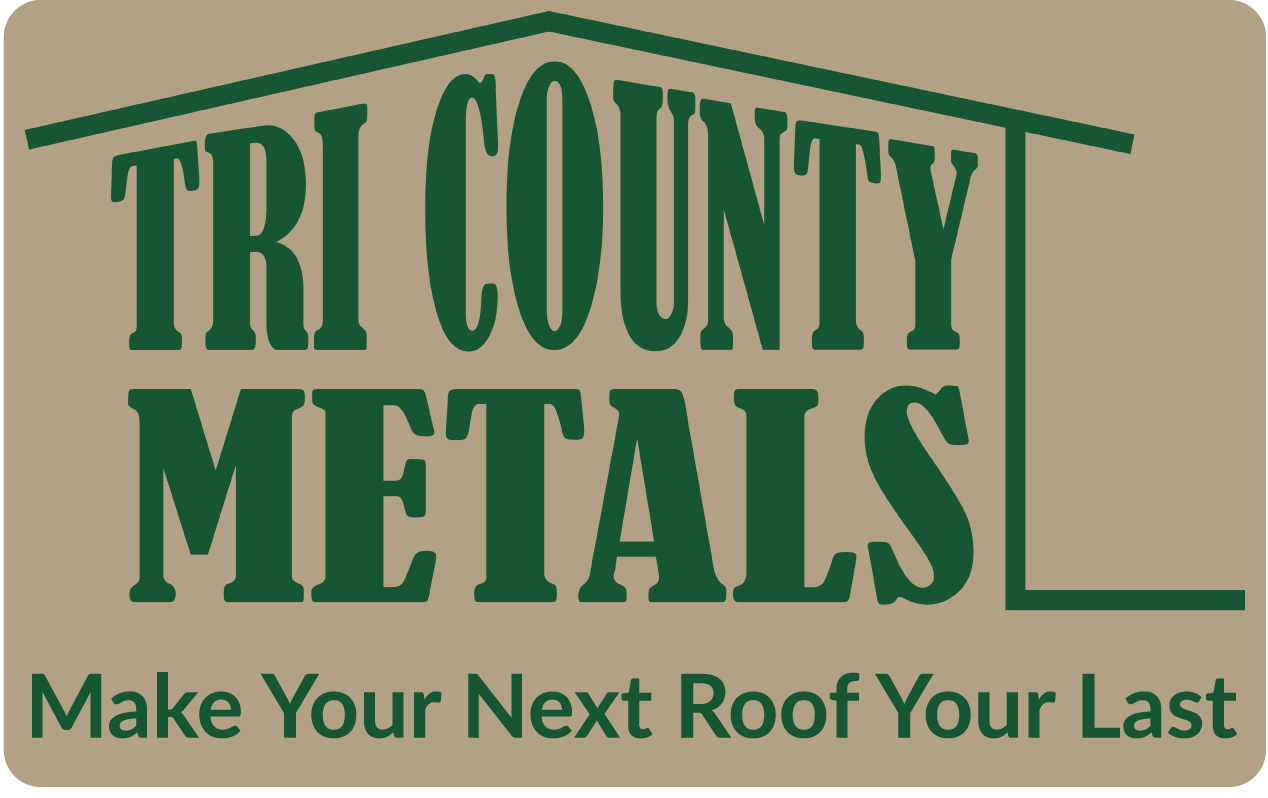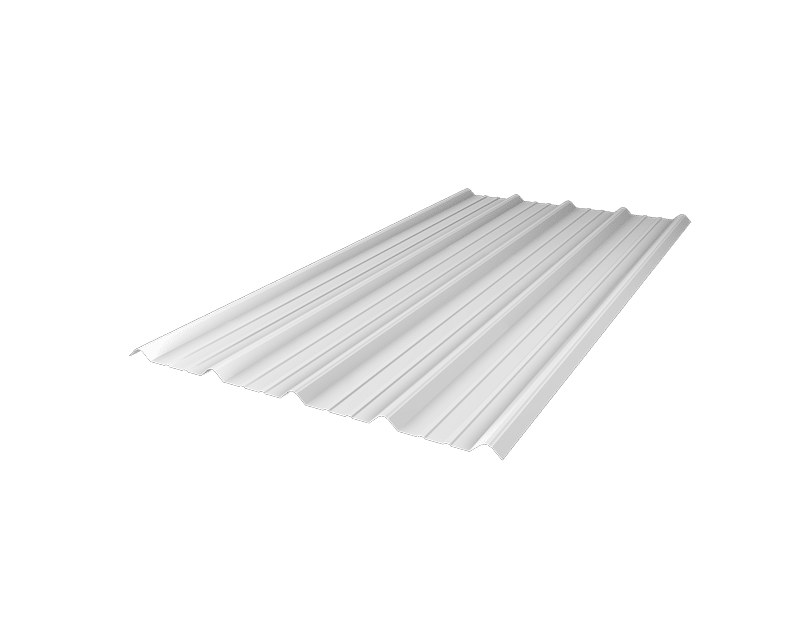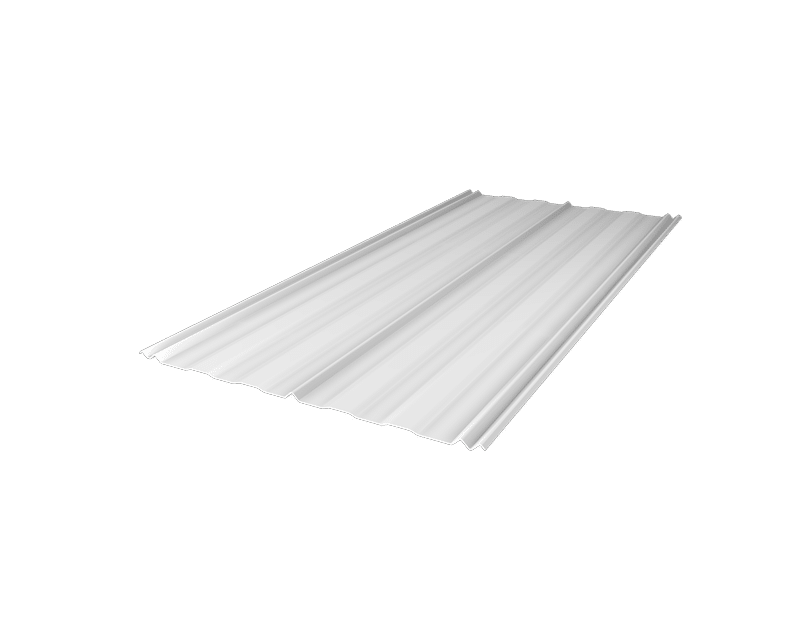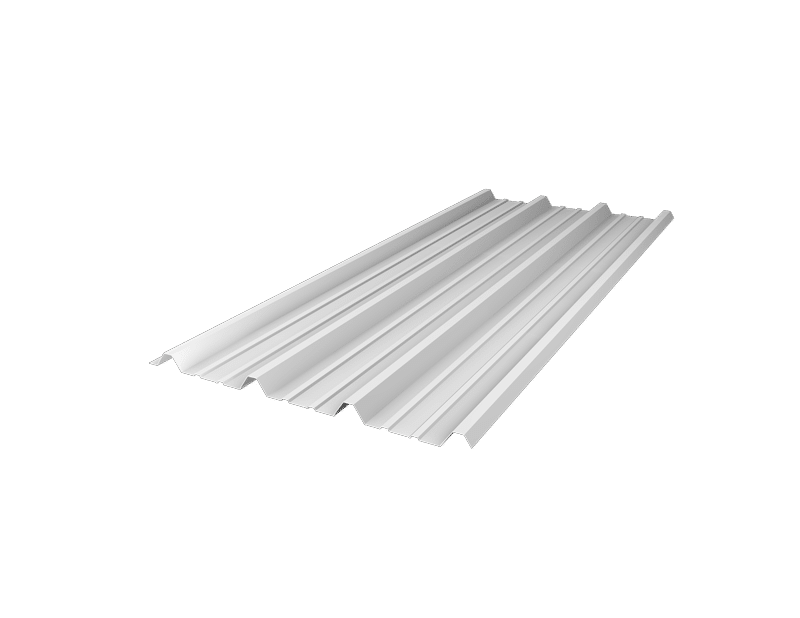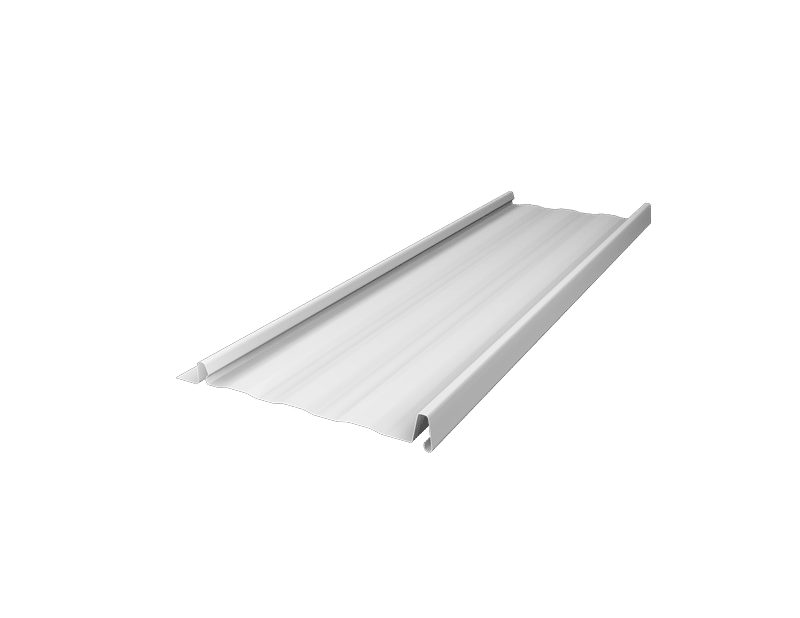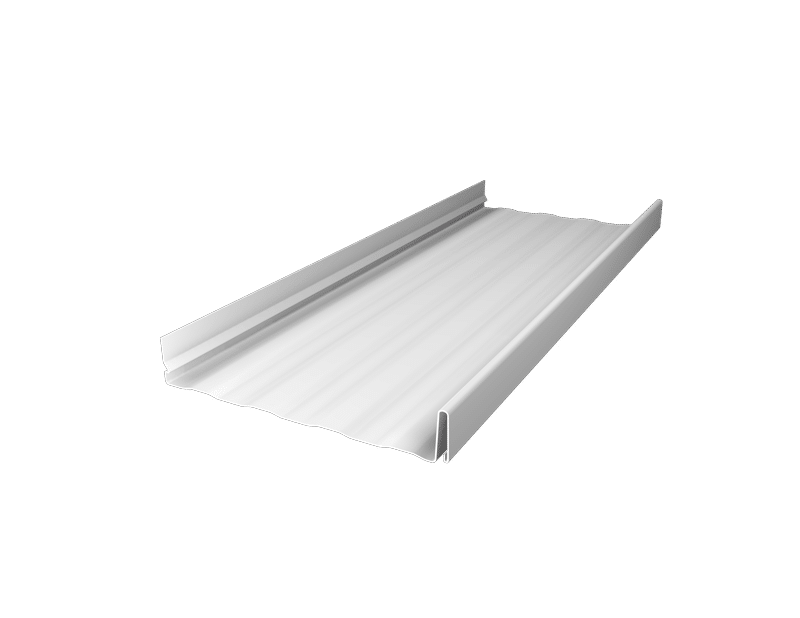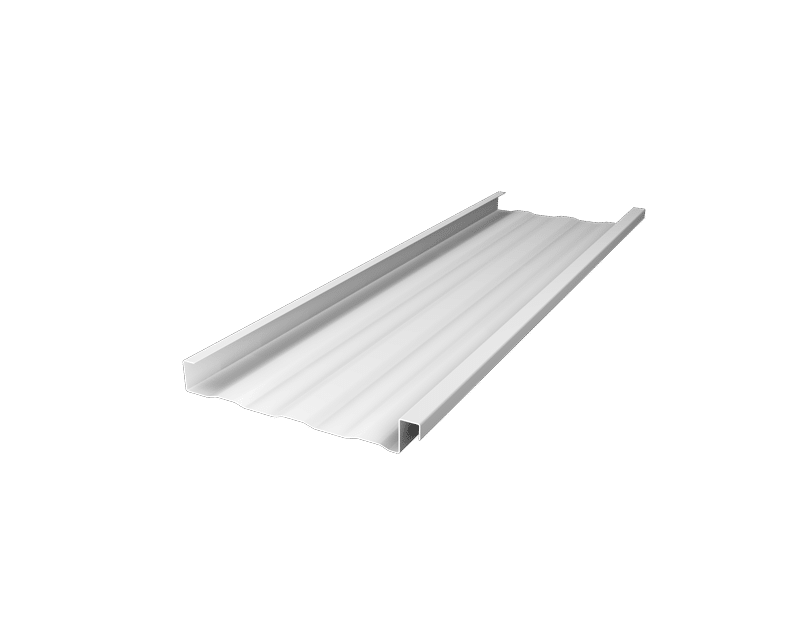When it comes to choosing the best metal roofing profile for your project, there are several factors to consider. First, you should determine which style of metal roofing is best for the project type that you are working on. Once you have narrowed down the selection to the most appropriate type of metal roofing, you can then begin considering the various profile options that are available in that style. From corrugated and standing seam to curved and flat, there are a variety of profiles to choose from. In this blog post, we will provide some top tips for selecting the right profile of metal roofing for your project.
Understanding the Different Metal Roofing Profiles
When it comes to choosing the right metal roofing profile for your project, it's important to understand the different options available. The profile of a metal roof refers to its shape and design, which can greatly impact its functionality and aesthetic appeal. Different profiles are best suited for different project types, so it's crucial to consider your specific needs.
For example, corrugated metal roofing is a popular choice for agricultural or industrial projects due to its strength and durability. On the other hand, standing seam metal roofing is often preferred for residential or commercial buildings, thanks to its sleek appearance and leak-resistant design.
Other profiles, such as curved or flat metal roofing, offer unique visual effects that can enhance the overall look of your project. Understanding the different metal roofing profiles allows you to make an informed decision and choose the one that is best for your specific project type.
Click Below to go to our blog, "How to pick the right metal roof for your home"
Factors to Consider when Choosing a Metal Roofing Profile
When it comes to choosing the best metal roofing profile for your project, there are several important factors to consider. One of the main factors is the specific project type you are working on. Different profiles of metal roofing are better suited for different project types. For example, if you are working on an agricultural or industrial project, corrugated metal roofing may be the best choice due to its strength and durability. On the other hand, if you are working on a residential or commercial building, standing seam metal roofing is often preferred for its sleek appearance and leak-resistant design. Additionally, factors such as the climate in your area, the desired aesthetic of your project, and your budget should also be taken into consideration. By considering these factors, you can make an informed decision and choose the metal roofing profile that is best for your project type.
Click below to go to our panel selector page
Best Metal Roofing Profiles for Different Types of Projects
Now that you understand the different metal roofing profiles and have considered the factors for choosing the right one, let's dive into the best profiles for different project types.
For agricultural or industrial projects, corrugated metal roofing is often the best choice. Its strength and durability make it ideal for withstanding harsh weather conditions and providing protection for these types of buildings.
When it comes to residential or commercial buildings, standing seam metal roofing is the go-to option. Not only does it offer a sleek and modern appearance, but its leak-resistant design ensures long-term performance and durability.
Curved metal roofing profiles are perfect for projects that require a unique visual effect, adding a touch of elegance and sophistication to the overall design. On the other hand, flat metal roofing profiles offer a clean and minimalist look that suits a variety of architectural styles.
Ultimately, the best metal roofing profile for your project will depend on its specific type and requirements. By considering factors such as durability, aesthetics, and functionality, you can confidently choose the profile that is best for your project type.
Learn More About Our Panel Options Here >>>
Benefits and Drawbacks of Popular Metal Roofing Profiles
Choosing the right metal roofing profile for your project involves weighing the benefits and drawbacks of each option. Understanding these pros and cons will help you make an informed decision that suits your specific project needs.
One popular metal roofing profile, corrugated metal roofing, is known for its strength and durability, making it an excellent choice for agricultural or industrial projects. However, its distinctive wavy appearance may not be suitable for all architectural styles.
On the other hand, standing seam metal roofing offers a sleek and modern look that is ideal for residential or commercial buildings. Its interlocking design also provides superior leak resistance. However, this profile can be more expensive than others, and installation may require specialized equipment.
Curved metal roofing profiles can add elegance and visual interest to your project, but they may be more difficult to install and require additional support structures.
Flat metal roofing profiles offer a minimalist and clean look that can complement a variety of architectural styles. However, they may not be as durable as other profiles and may require more frequent maintenance.
Ultimately, the best metal roofing profile for your project depends on the specific requirements and aesthetics you are looking for. By considering the benefits and drawbacks of each option, you can confidently choose the profile that is best suited for your project type.
Choosing a Color for Your Metal Roof
Choosing the right color for your metal roof is an important decision that can greatly impact the overall aesthetic of your project. The color you choose should not only complement the style of your building, but also be well-suited for your specific project type.
When it comes to choosing a color for your metal roof, consider the project type and its surroundings. For residential buildings, neutral colors such as gray, black, or earth tones are often a safe choice, as they blend well with most architectural styles. However, if you want to make a bold statement, you can opt for vibrant colors like red, blue, or green.
For commercial buildings, it's important to choose a color that aligns with your brand image and stands out among the surrounding structures. You can also consider using multiple colors to create a visually appealing pattern or design.
When selecting a color, keep in mind that darker shades tend to absorb more heat, which can increase energy costs during hot summer months. Lighter colors, on the other hand, reflect heat and can help keep your building cool. Additionally, consider the climate in your area – if you live in a sunny region, a lighter color may be more beneficial in reducing heat absorption.
Lastly, it's always a good idea to consult with a professional or use color visualization tools to get a better idea of how the color will look on your metal roof. By considering the project type, surroundings, energy efficiency, and personal preferences, you can choose the best color for your metal roof that enhances the overall look of your project.
Click the buttons to take you to two of our blogs that talks about energy efficiency and color
Installation Tips for Your Chosen Metal Roofing Profile
Now that you have chosen the best metal roofing profile for your project, it's time to focus on the installation process. Here are some installation tips to ensure a successful and durable outcome.
- Hire a professional: While DIY projects can be rewarding, installing a metal roof is best left to professionals. They have the expertise and equipment necessary to handle the installation safely and efficiently.
- Prepare the roof deck: Before installation, make sure the roof deck is clean, dry, and free of any debris. This will provide a smooth and stable surface for the metal panels to be attached to.
- Use proper fasteners: Select the appropriate fasteners for your chosen metal roofing profile. Consult with your supplier or roofing contractor to determine the best fasteners for your specific project type.
- Follow manufacturer guidelines: Each metal roofing profile has specific installation instructions provided by the manufacturer. It is crucial to follow these guidelines to ensure a proper installation that meets industry standards.
- Pay attention to ventilation: Proper ventilation is essential for a long-lasting metal roof. Make sure there is adequate airflow beneath the roof to prevent moisture buildup and potential damage.
- Perform regular inspections: Once the metal roof is installed, regularly inspect it for any signs of damage or loose panels. Address any issues promptly to prevent further damage.
By following these installation tips, you can ensure that your chosen metal roofing profile is installed correctly and will provide reliable protection for your project type. Remember, hiring a professional and adhering to manufacturer guidelines are key to a successful installation.
